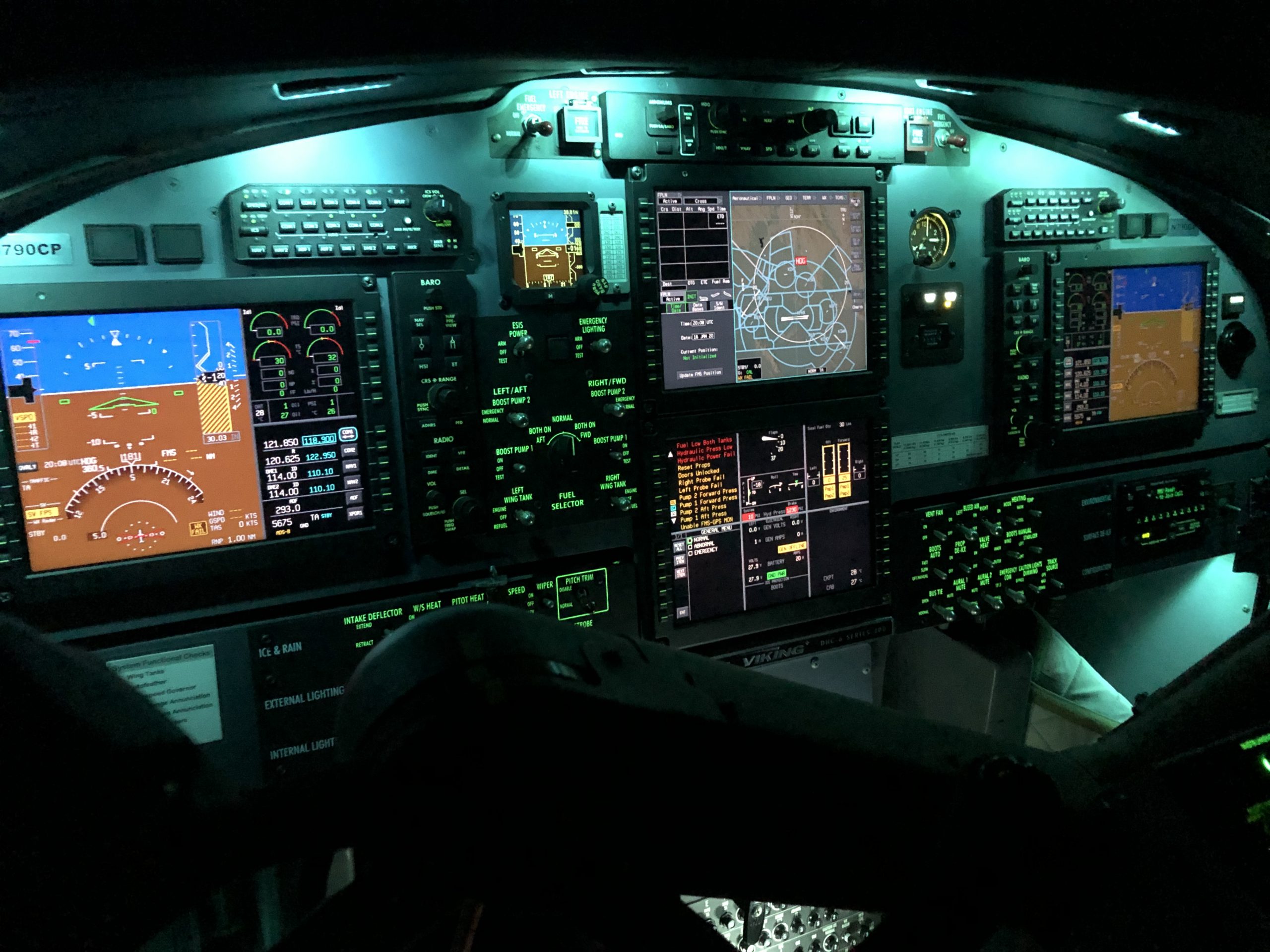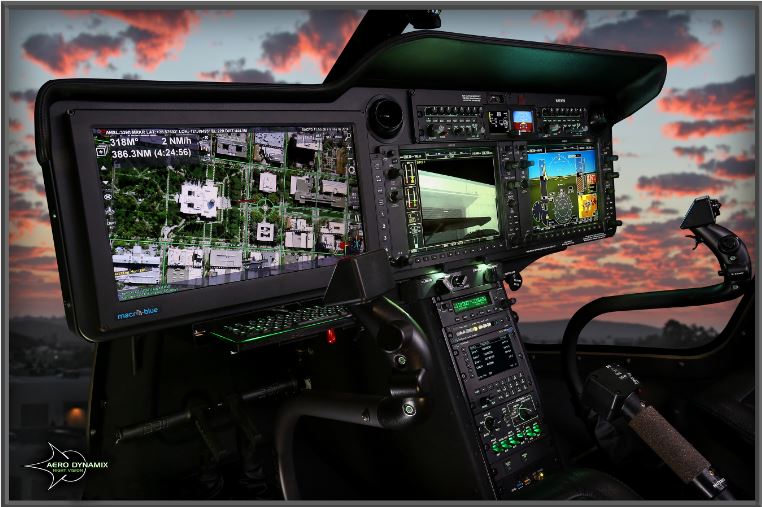http://youtu.be/Q6X6TJyrjw8
67 plus years of airpower
By Airman 1st Class Zachary Cacicia, 436th Airlift Wing Public Affairs / Published September 17, 2014
DOVER AIR FORCE BASE, Del. (AFNS) — What does the Air Force want for its 67th birthday; new state of the art fighter jets, more unmanned aircraft, new maintenance facilities or how about additional satellites to launch into space?
The answer is none of the above. What the Air Force really wants for its birthday is for all Airmen to gain a better appreciation for its rich history, heritage and legacy.
“Every time a birthday comes around, whether for a person or a group; it is a time when we can think about how far we’ve come and how things have changed,” said Dr. Andrew Wackerfuss, a 436th Airlift Wing historian.
With the implementation of the National Security Act of 1947, under President Harry S. Truman, the Army Air Force formally cut ties with the Army to become a separate and equal military branch, the Air Force.
“We didn’t become the world’s greatest Air Force by accident,” said Chief Master Sgt. of the Air Force James A. Cody. “We got here through 67 years of American Airmen breaking new terrain and lifting us to a higher level. We should celebrate that innovation this year, and we’re counting on you to continue this legacy for years to come.”
Though Sept. 18, 1947, is seen as the official birth of the Air Force as we know it today, the truth is that the Air Force has a rich history that can be traced as far back as to the Civil War with the Union Army Balloon Corps. The Balloon Corps used seven specially built, hydrogen-filled balloons to conduct aerial reconnaissance on the Confederate Army. This is a far cry from today’s F-35 Lightning IIs and C-17 Globemaster IIIs.
With the first successful flight of the Wright Flyer in 1903, the world and the way militaries fight wars changed forever. Prior to World War I, the Aeronautical Division of the Army Signal Corps was formed, making it the first heavier-than-air military aviation organization in U.S. military history.
World War I saw rapid and dramatic advancements in aerial warfare, with many nations forming independent air forces, such as the British Royal Air Force. The war saw the Aeronautical Division transform into the Aviation Section of the Army Signal Corps and then again into the Division of Military Aeronautics. By the end of the war, the Army Air Service was formed as the primary air force. This is when calls to create a fully independent Air Force started to become more and more relevant. Out of this debate, the air service became the Army Air Corps.
With the onset of World War II, the Army Air Corps was once again transformed, this time into the Army Air Force, the immediate predecessor to the modern Air Force. At its height during the summer of 1944, the Army Air Force flew nearly 80,000 aircraft with the support of 2.4 million service members.
“Sixty-eight years ago, America reflected on World War II and decided air operations were so crucial to fighting and winning our nation’s wars that a separate and distinct service was necessary,” said Air Force Chief of Staff Gen. Mark A. Welsh III. “Since then, our core missions haven’t changed, although the way we accomplish those missions changes every day.”
The birth of the Air Force in 1947, not only revolutionized how the U.S. military functions, but it also occurred at a time of great change in the culture of the military.
“How interesting is it that the birth of the Air Force in 1947, came at a time so close to major milestones in integration in the military?” asked Wackerfuss. “In 1948 was Truman’s order to desegregate the military by race and also in that same year, the Women’s Armed Services Integration Act was the first time women were formally given permanent roles in the military.”
With the onsets of women and minorities given equal footings in the military, the culture of equal opportunity within the military was born.
Today’s Air Force is comprised of more than 680,000 Airmen, made up of active duty, reservists, guardsmen and civilians, who support more than 5,600 aircraft, 450 intercontinental ballistic missiles and 63 satellites. Today’s Air Force is the world’s preeminent air, space and cyberspace force with an ability to rapidly adapt to uncertainty, ensuring future success.
Click to see original post on af.mil!





Leave A Comment
You must be logged in to post a comment.